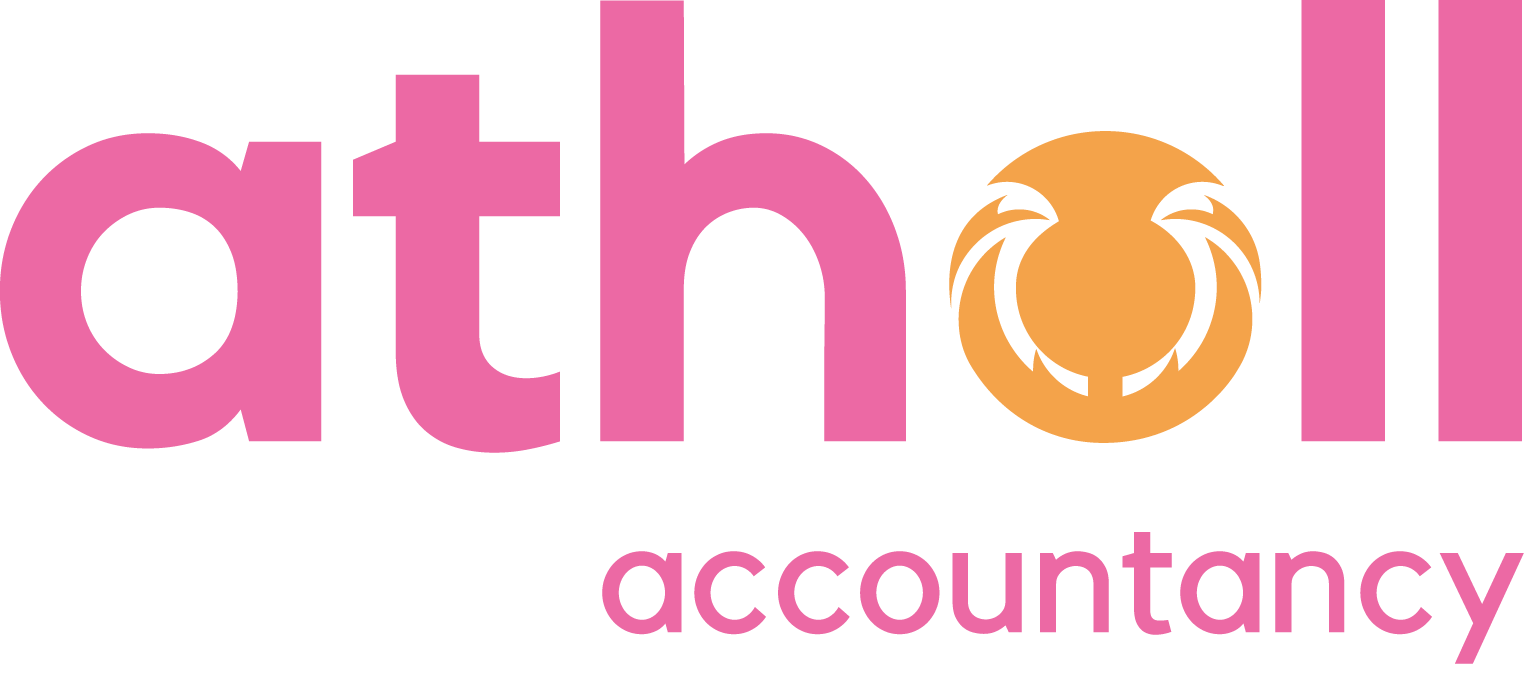Do you know what your company's financial forecast is going to look like in the next few months? If not, then it may be time to do some research. In this blog post, we will share four key tips for improving your forecasts and helping you make better business decisions. By understanding where your small business stands financially, you can make the right decisions to both protect your enterprise and ensure its success.
Why is a Financial Forecast Important?
A forecast is a prediction of the future and, as such, is an important tool for shaping your company's strategy.
The best forecasts are those that allow you to anticipate changes in the marketplace and plan ahead accordingly. A good forecast will help you determine whether or not your company should invest more time and money into a product line, buy another business or enter a new market.
However, it can be hard to know if your forecast is going to turn out right. That's why we're going to share some tips for improving them so you have a better idea of what the future holds for your company. Let's get started.
1) Understand Your Revenue and Cost Drivers
The first step to creating an accurate financial forecast is understanding which drivers will have an effect on your finances for this upcoming period. A revenue or cost driver is anything that changes either your revenue or cost. Common drivers include:
● Sales volume
● Variable costs
● Fixed costs
● Capital investments made or planned
● Customer concentration
It's important to understand your revenue and cost drivers because this helps you understand the expected impact on your revenue and expenses. This is why it's important to have a good forecasting process in place so that if these drivers change unexpectedly, you will be able to swiftly adapt.
2) Adjust Your Forecasts Regularly
The key to a successful financial forecast is regular adjustment. As evidenced by the COVID-19 pandemic, circumstances can change very quickly and it's important that you're able to adjust your forecasts accordingly. For example, if you're forecasting for the next quarter months using data from the past six months but a sudden economic downturn or increase in costs occurs, then it's vital that you update your forecast as soon as possible. It pays to know what to expect when things get tough.
When you’re just starting out, all of your forecasts are based entirely on estimates, so frequently updating them with real-time data can be very helpful and create greater accuracy.
3) Be Realistic...
Financial forecasting is about realism, not optimism. The more accurate your forecasts are, the better you can prepare for the unexpected and make sound decisions about how to allocate resources. Knowing where you stand financially at all times gives you peace of mind and allows you to focus on running your business rather than worrying about whether it will survive another month.
4) … But Go Easy On Yourself
It can take some time to get used to forecasting, so don't feel discouraged if the first few financial forecasts you create aren't perfect. Once you start getting a better handle on what goes into them and how they work, it will become much easier. However, you should consider enlisting a professional to help, their expert knowledge could make all the difference when it comes to preparing for the future.
Summary
The best forecasts are those that help you anticipate changes in the marketplace and plan ahead accordingly. By understanding which drivers will have an effect on your finances for this upcoming period, adjusting your forecasts regularly and remaining realistic, you can take steps towards ensuring that your business stays on course and achieves its goals.
